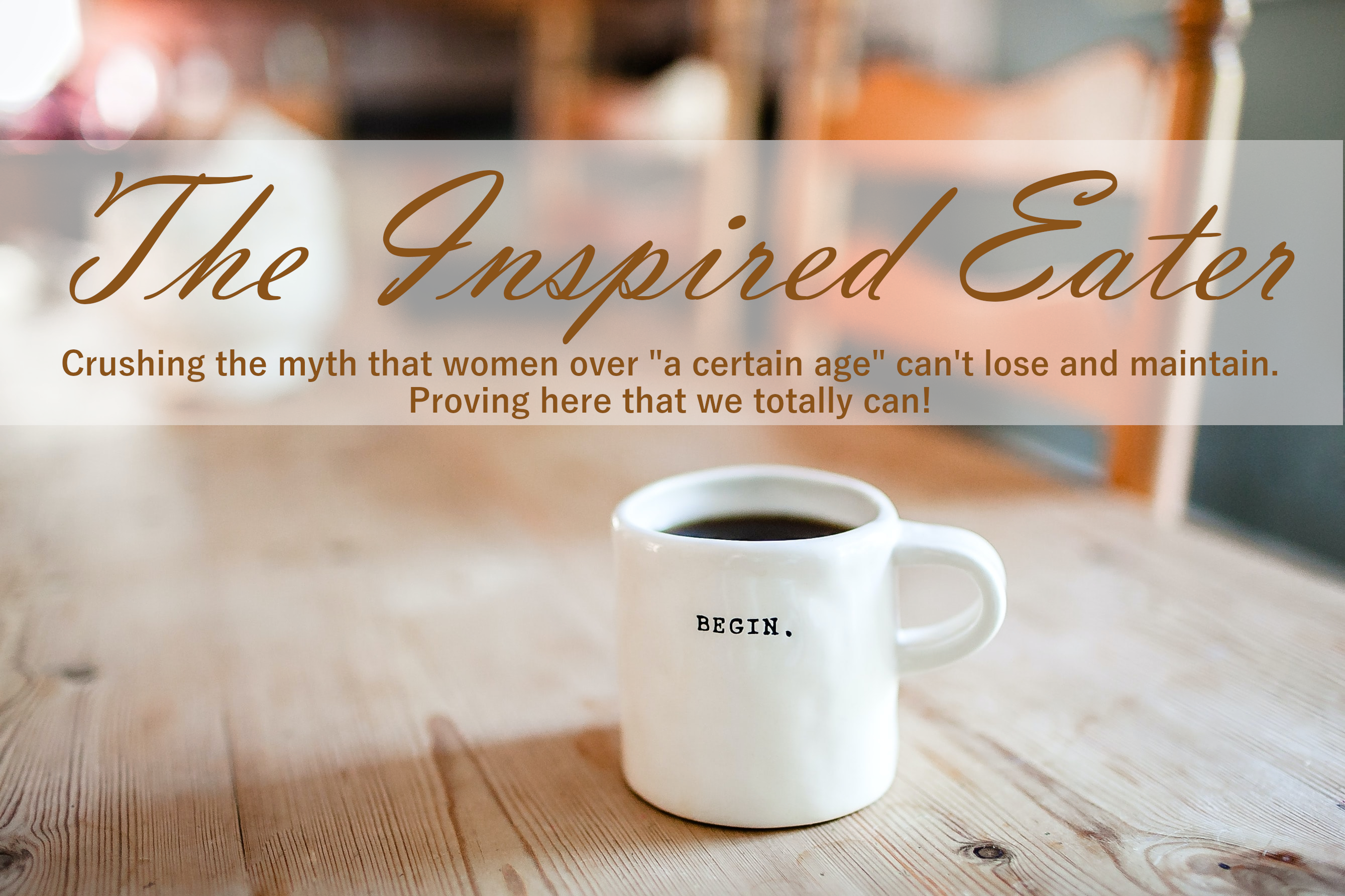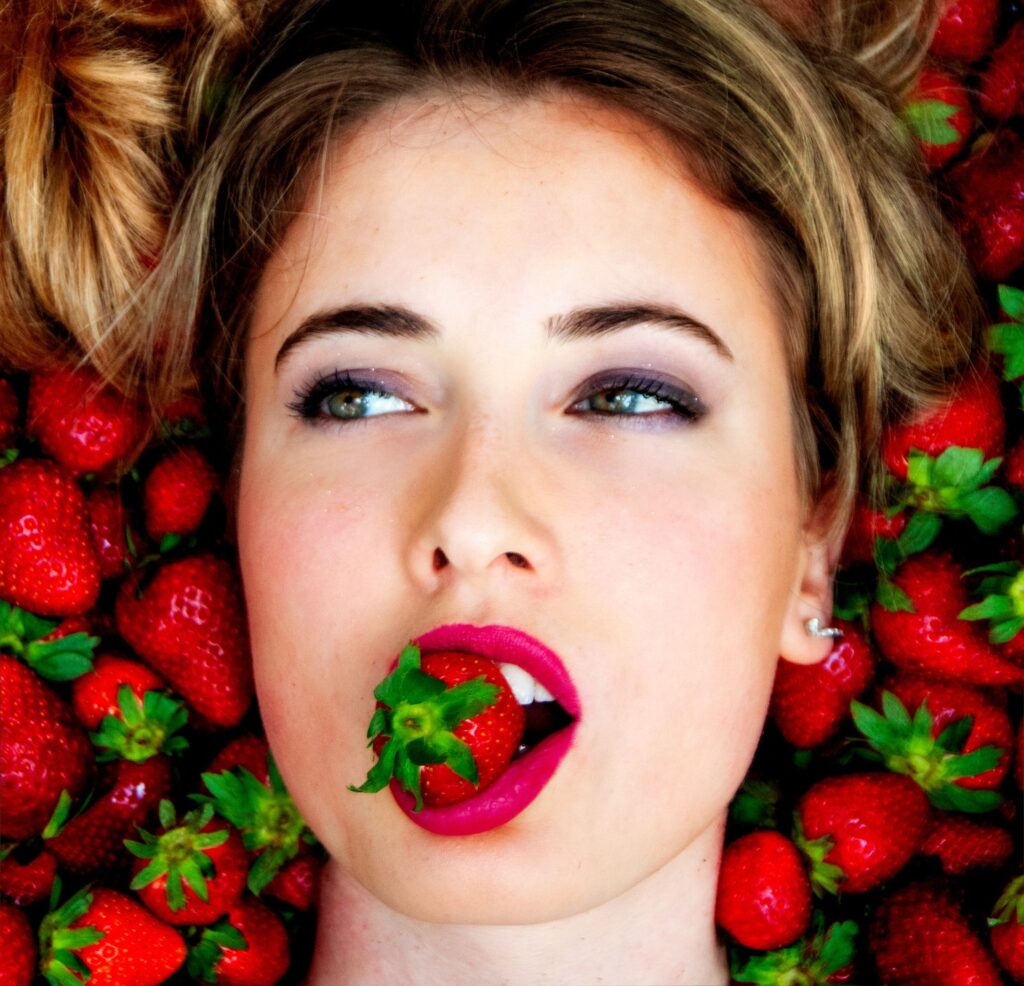Let’s crack-open the therapists’ bible: The Diagnostic and Statistical Manual of Mental Disorders (DSM) comes with a number: I studied DSM three and in current times the current times DSM five. The numbers effect updated new material.
Pearl One
A friend who’d survived childhood trauma cant shake it. Princess Diana likely had it especially during her bulimic years. And at my heaviest, I definitely had it.
Called the dumps, the blues, or not feeling one hundred percent on any on given day.
The therapy world calls this “dysthymia,” it’s the diagnosis given to someone who lives life with persistent long-term blah” depression.
Unlike major depression, those dysthymia:
- open the curtains every morning.
- showers and soaps up right after coffee.
- texts Jane that she’d love to meet at the pool tomorrow.
These high-functioning people look great on the outside. She wears smart outfits to work, is good at her job; goes out to lunch with friends; and vacations somewhere tropical when she can.
And yet she feels blue most of the time. And unless she confides in you, it’s unlikely you’d guess at how she’s feeling. She tends to numb the mild depressive with wine or food or — my favorite — both.
My point: losing for the long-run means addressing trauma at its roots. When we try to fix our eating issues by only examining what we put in our mouths, we’re missing the opportunity to make significant change in our lives; to invite meaningful growth into our world.
But here’s the thing, we might have had dysthymia as kids, or teens or young adults (or all three). But today, let’s say that we no longer feel “stressed” Today we’re very much looking forward to our upcoming Hawaii trip, to seeing our grandson graduate Kindergarten, and planting bulbs for a spring backyard.
Life is pretty good.
So then why do we continue to overeat and feel blue? I like to see it this: maybe we developed a habit that may have served us years ago, but today has only become a different kind problem.
If long ago the food-fix actually helped you find a safe space while you were braving the the storm, more power to it.
Being mada t food like being mad at a life raft. Journal-write about
♥
Pearl Two
Thankfully I figured out that stomping the smug thought was vital, and instead thinking, I’m always learning. I’m always discovering. I slip and that’s okay. I’ll just meet the new day and go for it again. Over and over and over That sway what I did guys.
I know that a lot of Thrivers are having amazing success. And don’t get me wrong, I love hearing about the awesome strides everyone’s making, but consider nestling this phrase into your heart forever. A
♥ I’m not smug about losing.
♥ I’m not smug about losing.
♥ I’m not smug about losing.
If you’re having what anyone would deem “victory!!,” don’t be lured down the smug-pathway. It might seem like allowing ourselves to feel a tiny bit smug is the pinnacle of “success”, but it’s really the precursor to a downward spiral back into overeating-land. ♥
Pearl Three
Sequencing is taken directly from Cognitive Behavioral Therapy (CBT). The purpose of sequences is to help us move from reacting to circumstances to thoughtfully responding. I encourage you to do a sequence a day in your journal. Powerful stuff.
Autonomic Sequence
- Situation (be very specific: state something we can all agree on): I eat three cups of ice cream every night.
- Thought: What is wrong with you!
- Feeling: Extremely irritated.
- Action: Even though I try each night, I have zero possibility of getting to my personal weight if I consistently eat I cream before be.
- Result: Clothes still don’t fit.
Chosen Sequence
Pearl Four
Books love us and want us to be happy
I’ve had this book on my TBR list for eons, and I only finally opened it two Fridays ago. Somehow, I missed the memo that said this is the greatest book of our generation. My sister loved it so much that now she buys every book the author writes. The Pillars of the Earth: by Ken Follett came out in 2007 when I was still raising the cutest set. So, if like me you’ve bypassed the Pillars of the Earth too, lets do this!
Pearl Five
“Celebrate progress, not perfection.” — Anonymous ♥
♥, Wendy
You know the scoop: I’m an Amazon affiliate. If you buy from a link in my post, I’ll receive money, but the arrangement won’t cost you a dime.
Are you new to the Inspired Eater? Welcome!! This blog won’t make much sense until you first read the Aunt Bea post (and you’ll find Aunt Bea on this page to the right under my short bio). On your cell you’ll see it immediately following the first post. After you enter your email address, the Aunt Bea article will be sent to your email’s inbox. If it’s not there, you might check the spam folder. And always feel free to email me at Wendy@TheInspiredEater.com and I’ll get Aunt Bea right to you!!
I am not an expert, doctor, surgeon, nurse, dietician, or nutritionist: the information within TheInspiredEater.com is based solely on my personal experience and is not intended to be used as a substitute for professional medical advice, diagnosis, or treatment.












